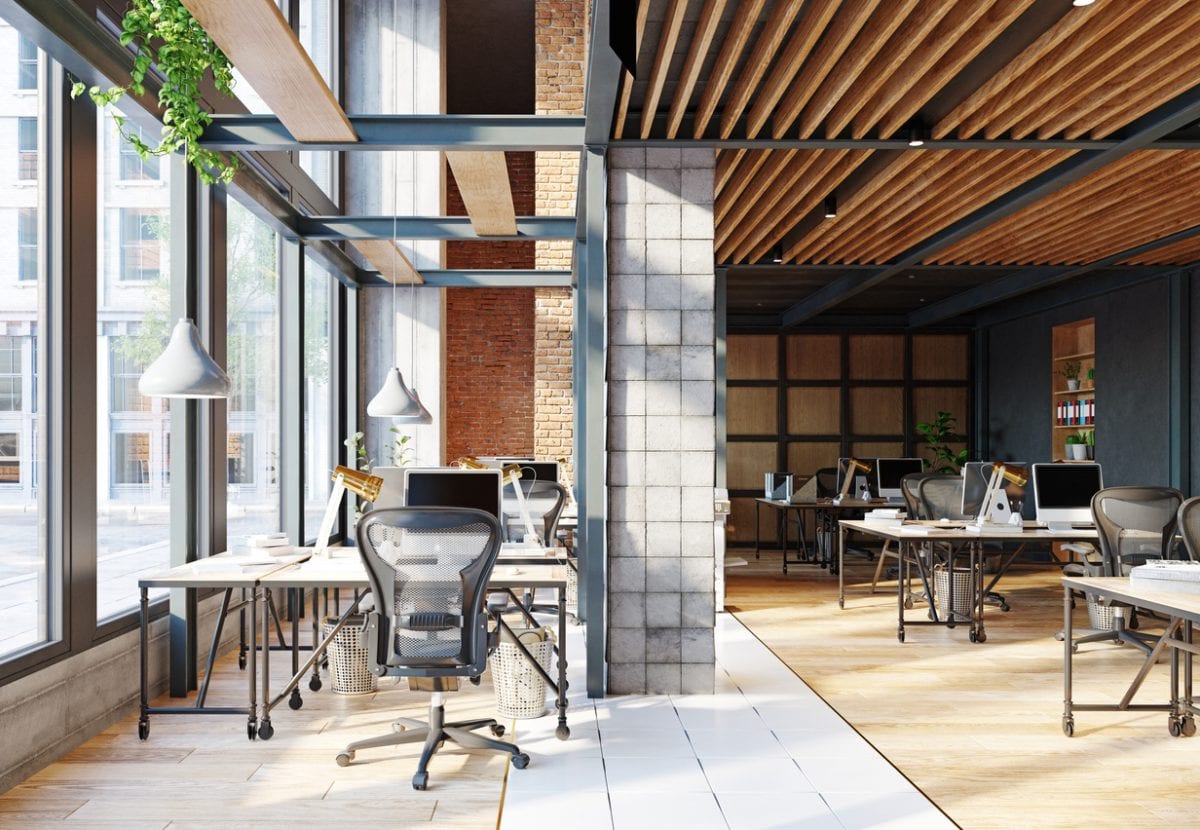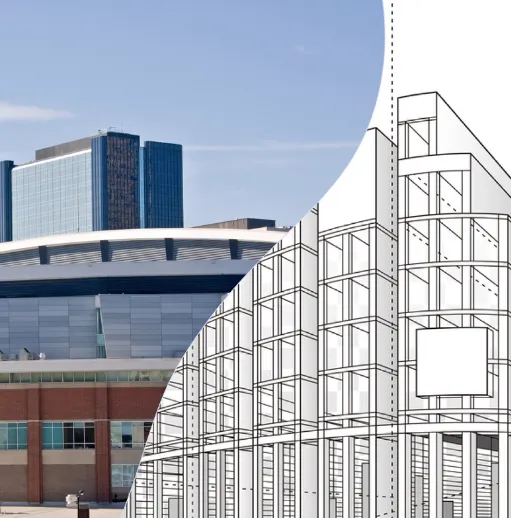
How do you manage limited occupancy in the workplace in an environment governed by COVID-19 protocols? It’s a challenge many facilities managers face today. It’s not only about keeping employees safe and comfortable, it’s also about maximizing real estate and mitigating operating overhead through efficient use of facilities. By definition, facilities managers are between a rock and a hard place as it relates to workplace capacity vs. COVID-19 guidelines.
COVID-19 and limited occupancy is a difficult problem to solve, but far from an impossible one. There is no one-shot solution for a return-to-work strategy, and ongoing adjustments are all but inevitable. Facilities managers need to start with a core plan that adheres to new workplace guidelines, identify governing variables, and expand their plan based on what they can control. Eventually, they’ll find equilibrium: a balance between workplace occupancy limits and optimal utilization.
If you’re struggling to bring people back to work safely and efficiently, consider the following tips. Though broad, they reinforce the best approach to forming a viable back-to-work plan that keeps employees safe and productive, even in spite of new workplace standards and practices.
Tip 1: Identify new occupancy limits
Companies need to determine new occupancy limits before they can begin to strategize new desking concepts or workspace arrangements. Occupancy limits are the control. Consider both the old and the new occupancy limits to understand how much capacity you’re losing, as well as how much is left to work with. Identify occupancy limits across the board, micro to macro—from a stack plan view down to an individual workspace. It all matters as you create new plans for your workplace.
Tip 2: Embrace flexible workspaces
Approach space allocation and optimization from a free assigned standpoint. If the goal is to get as much utility out of spaces as occupancy limits allow, the ideal course of action is going to focus on maximizing opportunities for each space. No desking concept accomplishes this like flex space. Deploy hot desks, hotel desks, breakout spaces, free assign workstations, and similar concepts to imbue limited spaces with unlimited possibilities. Each occupant or group will use the space as-needed, without the confines presented by traditional static desking arrangements.
Tip 3: Consider both space and time
No, we’re not talking metaphysics here. Rather, consider individual workspaces from the standpoint of not only what their capacity is, but where they’re located and how often they’re in-use. A workspace might only accommodate six people under new limits, but that space might make it ideal for a specific type of work—or, make it available at different times of the day. Use space as time to your advantage. Specify what employees can or can’t use a workspace for. Institute a reservation system. Allowing booking by department or business unit. Do what it takes to capitalize on space and time in spite of limited occupancy.
Tip 4: Deploy and utilize digital tools
With normal workplace operations in disarray, now’s a prime time to invest in workplace governance technologies and similar digital tools to help navigate new standards and practices. Chief among useful resources are agile floor planning tools and space reservation systems. These technologies are instrumental in designing and iterating new workplace concepts, as well as maintaining order as employees adapt to them—especially in free assigned environments. There’s also contact tracing to consider, which is virtually impossible without the aid of digital workplace tools.
Tip 5: Plan long-term, not temporary
Our final tip is the most important one. Assume that all these new rules, restrictions, considerations, practices, and standards are here to stay. The truth is, no one knows what the new norm looks like, when the pandemic will pass, or what continued effects it’ll have. The best approach to managing limited occupancy in the workplace is to assume that today’s standards are the ones that’ll govern the future.
Creating a well-run workplace within the context of today’s distancing and occupancy standards is the best way to get ahead of whatever the future brings. If these standards persist indefinitely, you’re prepared. If standards ease, your workplace can adapt. If, for some reason, they become more stringent, you’ll already have a baseline to work from. Treating occupancy limits as a temporary standard only puts you at a disadvantage for the future, whatever it may bring.
These tips may be general, but they’re nonetheless important to consider as you plan for COVID-19 occupancy limits in the workplace. In the quest to do more with less, any little bit of advice goes a long way.
Keep reading: Space Utilization Metrics Every Facility Manager Needs to Know


